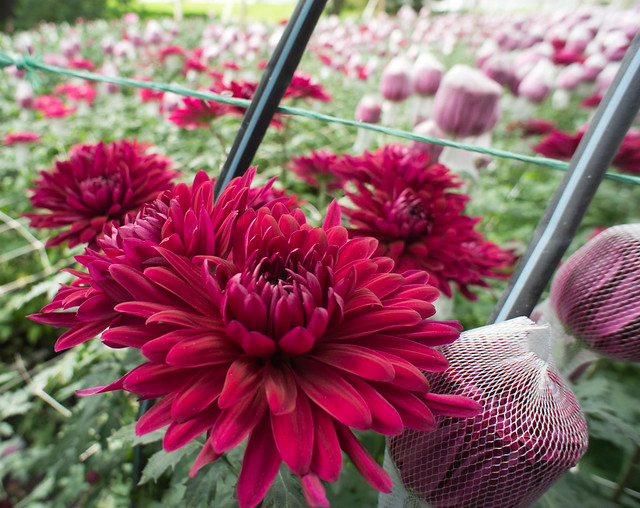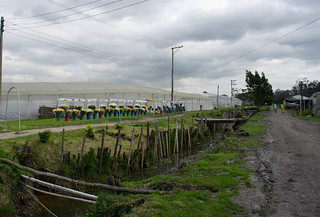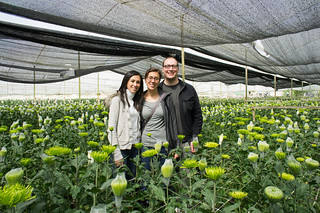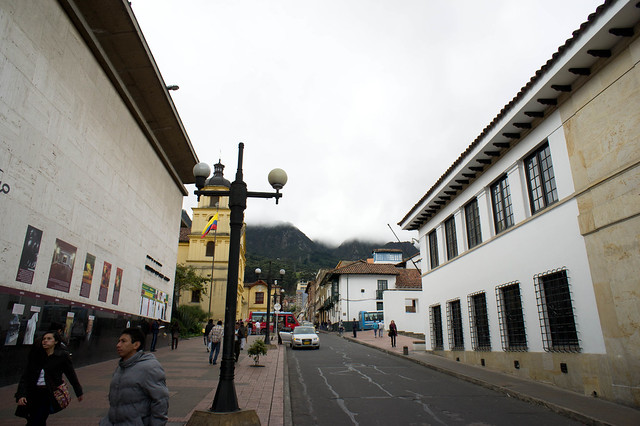Anyone who knows me know that I am a planner. I don't mean in the sense that I have to know what I am doing every minute of the day, but when it comes to crossing our first border by bus... I wanted to know how to do it. We were about two hours from the border of Ecuador in Pasto, Colombia. We still haven't gotten a good grasp on Spanish, which makes traveling with multiple transfers nerve wracking for me. People coming up to you, shouting at you, and shoo-ing you to their bus, cab, or collectivo is a little terrifying when you have no idea what they are saying or where you might end up if you get it wrong. I searched google, lonely planet, wiki travel, and various forums for a how-to guide when it came to crossing into Ecuador from Pasto, and was met with only dead ends. So I've decided to write my own. It won't be overly witty, but will hopefully help someone else who is as neurotic as I am. After our 20 hour bus ride from Bogota to Pasto, we spent a few nights at the Koala Inn to recoup. Once I had cobbled together a plan, we were ready to take on our first border crossing. The steps are as follows:
Get thee to a supermarket to get some snacks for the ride. My recommendations are oranges, graham crackers, animal crackers, and nuts. (My former coworkers know that my go-to snacks are always "fruit and nuts")
Take a taxi from Koala Inn (or wherever you are staying) to the Terminal de Transportes de Pasto (bus terminal): 3.500 COP
Enter the bus terminal from the main entrance. Take a right and there will be a few bus companies that will take you to Ipiales. We used Supertaxi: 12.000 COP. Note: If you take a left instead of a right once you're in the main entrance, you will go into a long hallway where people from various companies will hang out of their stalls and scream at you as you walk by. I have no idea if they are cheaper or legitimate, but I just tried to avoid it all together.
Take a white collectivo bus or a taxi to customs at Rumichaca. Be sure to tell the driver that you need immigration so they don't send you straight to Ecuador's customs without getting stamped out of Colombia first. We chose to take a taxi (6.000 COP) instead of the collectivo because it was jammed full of people and we had all of our gear with us.
Go inside to get stamped out of Colombia. Walk across the bridge to Ecuador's immigration office and get stamped in.This is the part where we walked past people exchanging currency, one of whom was holding a rubix cube. Daniel immediately asked the man for it, and began to solve it. A crowd of ten or so people gathered around while he worked his nerd magic. When he was able to solve it, the crowd cheered and shook his hand.
Take a collectivo or taxi to Tulcan (again, we chose a taxi; 7.000 COP)
From Tulcan, we got a bus into Otavalo ($6). You could also go to Quito if you were so inclined.
**All prices listed are for 2 people, in COP while in Colombia and in USD in Ecuador.




